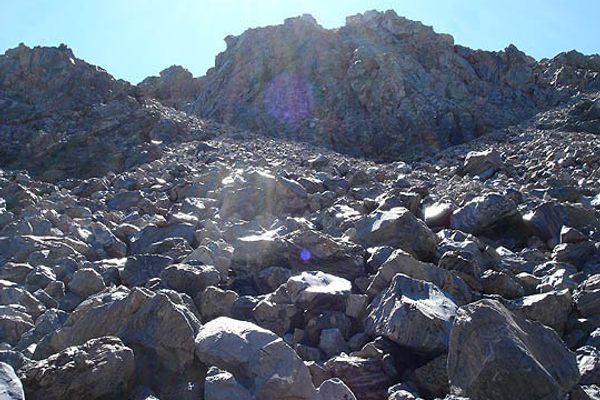About
At 2110 meters, Hvannadalshnjúkur (pronounced KWANNA-dalsh-nyooker) is considered Iceland's highest peak, but technically it's the crater rim of a colossal volcano.
Accompanied by guides Pall Jonsson and Thorlakur Thorlaksson, Frederick W. W. Howell was the first to scale the mighty crater back in 1891, but he was certainly not the last. Hvannadalshnjúkur is a popular climb that is actually fairly novice from a technical standpoint, but with sea level glaciers, a fair number of ice crevasses present the most challenging aspect. The climb can easily be underestimated due to weather and the numerous chasms, and it's highly suggested that the less experienced glacier climbers bring a guide.Hvannadalshnjúkur is a part of a crater belonging to Oræfajökull, a post-glacial volcano that in the world of volcanos rates as a giant, coming in second only to Mount Etna in Italy as the largest in Europe. While that title is impressive, some perspective is given when considering that Oræfajökull is but a small section of a much more imposing heavyweight, the gargantuan Vatnajökull, the largest glacier in Iceland, as well as the biggest glacial ice cap in all of Europe.
Oræfajökull (which translates roughly into glacier wasteland) has only erupted twice since man started recording such things, the last time being in 1727. While it doesn't blow often, when it does, it strives for greatness—the 1727 eruption still holds the distinction of being the greatest tephra fall (volcanic ash spread) in the history of Iceland, a land rife with volcanic activity.
Hvannadalshnjúkur has two main routes for climbers, both climbs possible to finish in a day. The Hryggjaleið route is only open during the summer due to icy conditions, but the Sandfellsleið route remains open most of the year.
Related Tags
Iceland in Winter: Northern Lights & Geothermal Marvels
A land of folklore and myths on a backdrop of remarkable natural wonders.
Book NowCommunity Contributors
Added By
Published
April 18, 2014

























